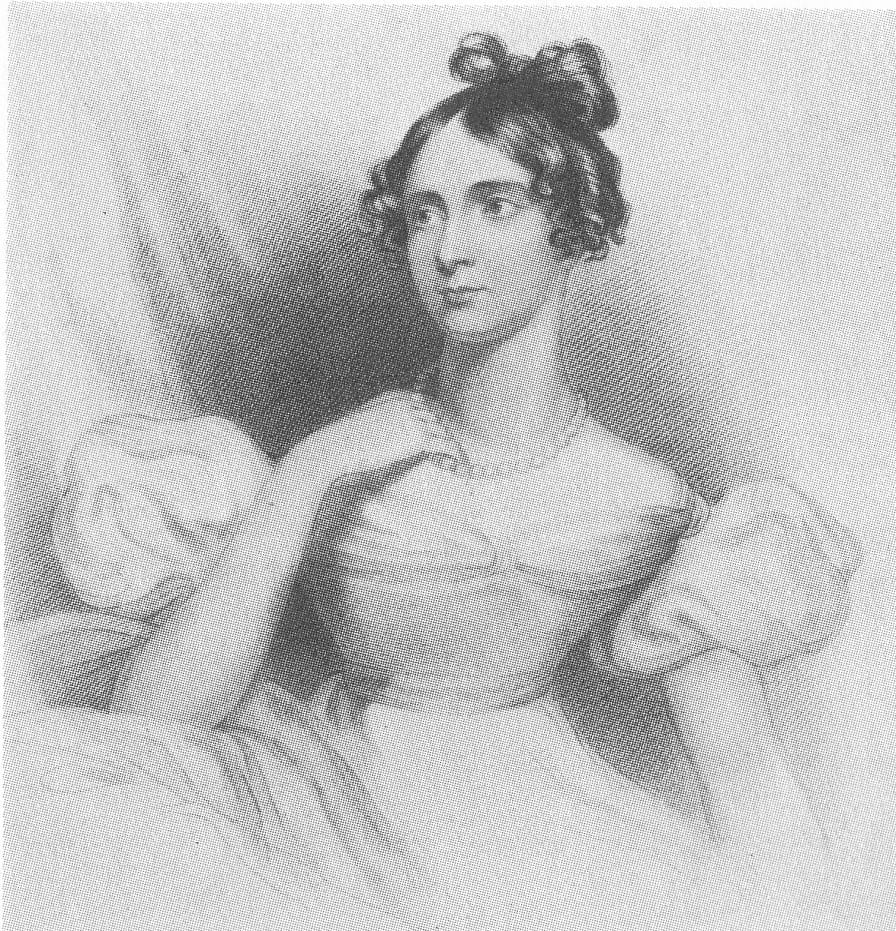Anne Isabella (Annabella) Noel Byron (1792 – 1860) commonly known as Lady Byron, was the wife of infamous romantic poet Lord Byron. She was intellectually gifted in mathematics and verse. Lady Byron founded the Ealing Grove School within the site now occupied by the University of West London (UWL). The site also accommodated the Byron House School from 1860. Lady Byron’s work in the education of the working classes is commemorated by a blue plaque on the exterior wall of the main entrance to UWL on St Mary’s Road.
The marriage of Lord and Lady Byron lasted approximately one year and ended soon after the birth of their child Augusta Ada Byron (Ada Lovelace, mathematician who worked alongside Charles Babbage, the pioneer of computer science). In January 1816 Annabella left Lord Byron, after considering him to be insane due to his many excesses which included huge debts and numerous love affairs.
Lady Byron lived in Ealing from 1822 to 1840, residing at Fordhook House and Hanger Hill House. Lady Byron was committed to social and political causes, such as prison reform and the abolition of slavery. Ealing was traditionally a thriving market-garden economy with this being the main employment of its working population. After the Napoleonic blockade of Britain was lifted in 1815, British agriculture was hit by the return of foreign competition and Corn Laws which combined to make the youth of Ealing unemployed with no means of education or training.
Education was of huge concern for Lady Byron and by 1834, after noticing ‘delinquent youths’ in the local area, Annabella established the Ealing Grove School, an industrial school which provided academic lessons as well as training in day gardening. This was not a popular move due to opposition expressed at the time to the idea of any kind of education for the working classes. Lady Byron paid the fees of some the boys who attended. The headmaster was Mr C.N. Atlee who fully accepted Lady Byron’s plans for running the school without the use of corporal punishment, a move that horrified some sections of the local community.
Ealing Grove School enabled poor and orphaned children to avoid the New Poor Law of 1834 under which they would have had to enter the Union Workhouse, where they would have found themselves in prison-like buildings, alongside vagrants and the mentally ill. In the 1850s judicial industrial schools for young offenders were introduced, so similar named schools became synonymous with ‘penal institution’. As a result, in 1852 Lady Byron closed Ealing Grove School. Mr Atlee opened Byron House School in The Park in 1859, which was shortly before Lady Byron died of Breast Cancer in 1860. Atlee’s son Charles continued running the school from 1866 until 1886, when it was acquired by Dr. B. Brucesmith who in 1896 renamed it Ealing Grammar school which was eventually closed in 1917. In 1929 Ealing Technical Institute and School of Art and Crafts was opened on the site, later renamed as Ealing Technical Institute and School of Art from 1937. This was one of the predecessor institutions of the University of West London as we know it today. Lady Byron’s name lives on within UWL today with a wing of the Ealing campus named in her honour.
Sources:
Lady Byron, Ada Lovelace, and Ealing
Mirli Books, Education Ealing I: How Lady Byron Did it
British History Online – Ealing and Brentford: Education


